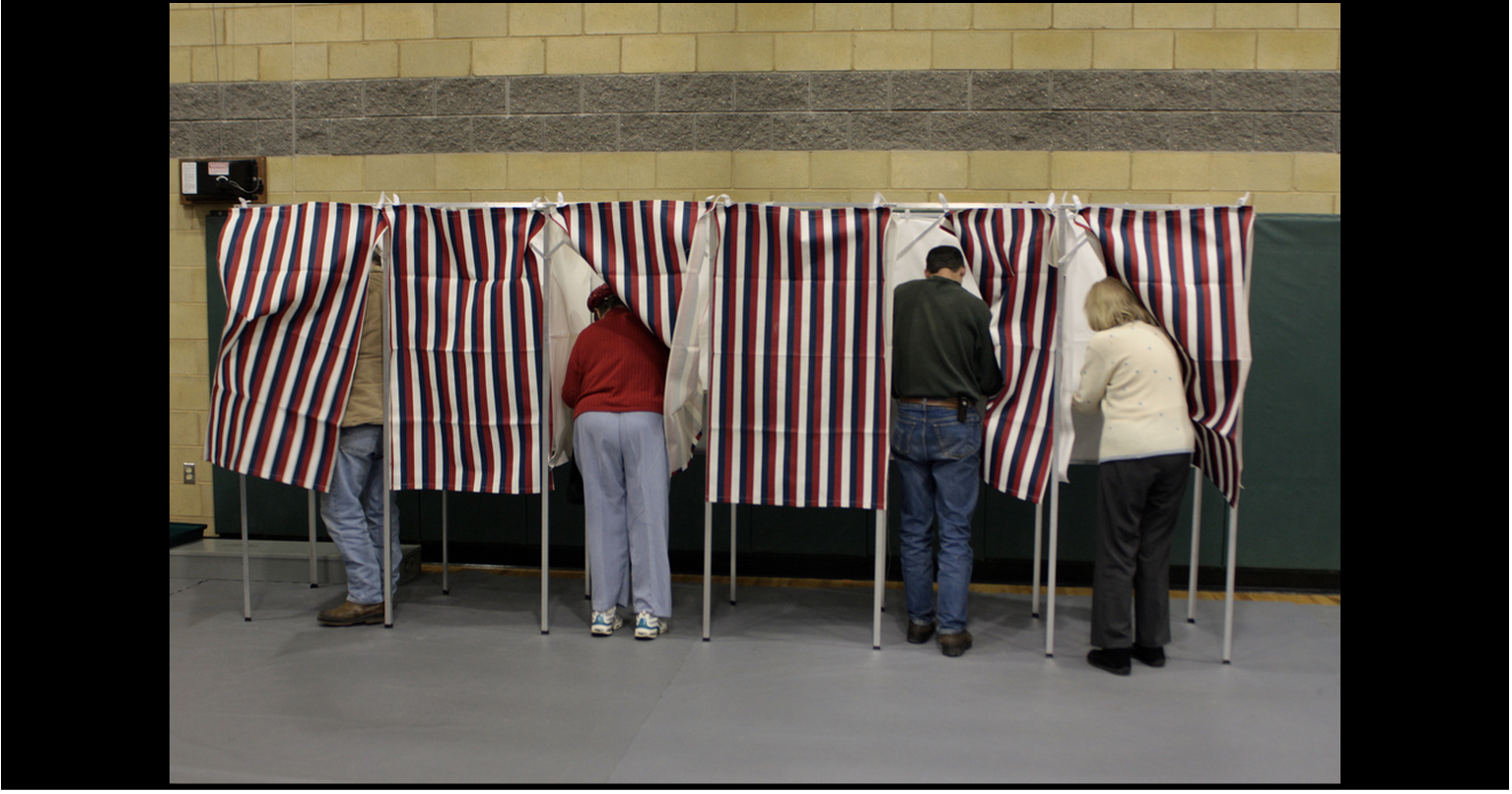A Quick Guide to the Difference Between a Caucus and a Primary
By:
The nation will elect a new president this year, but before you head to the polls on Nov. 8, Democrats and Republicans will endure the months-long process of selecting their respective party nominee through state primaries and caucuses.
Some of you may ask: What exactly is the difference between a primary and a caucus?
Primaries and caucuses differ in several distinct ways. If you forgot (or weren't paying attention in poli-sci class), the breakdown is not as complicated as you may think. They both have the same goal: To select the single candidate from a given political party who will represent that party in the general election for president.
Primaries

Primaries, which are funded by state governments, are structured like a general election: Registered voters go to a polling location and place their votes for a candidate. Primaries can be open or closed. Open primaries allow any registered voter to vote for any candidate, irrespective of party affiliation. In such a primary, even if you're registered as a Republican or an independent, you may vote for a Democratic candidate.
Closed primaries allow only voters registered within a party to vote for that party's candidates. In this kind of a primary, only registered Democrats can vote for Democratic candidates, and only registered Republicans can vote for Republican candidates.
Caucuses
 YouTube - youtube.com
YouTube - youtube.com
Caucuses differ from primaries in their organization, sponsorship, and purpose. Unlike primaries, which are run by state governments, caucuses are organized by political parties, which coordinate and fund them. Beyond selecting candidates, caucuses also take care of other party business, such as choosing party leaders and prioritizing issues within the party’s platform.
Unlike primaries, which involve registered voters, caucuses involve delegates: party members who are typically local leaders, officials, or activists. Think of a caucus as a state party’s own little convention. Participants are required to attend for a few hours. Usually delegates attend caucuses knowing which candidate they’ll support. A candidate will try to persuade undecided delegates to come to his or her side.
Here's how it looked in a Democratic caucus in Iowa in 2008:
Caucuses are also more flexible than primaries. Primaries must comply with regulations and laws set by the state — which means parties cannot choose primary dates or say who can participate. With a caucus, a party has the freedom to choose its timing and has more leeway in planning. Caucuses, however, must be funded by the parties themselves, whereas the state runs primaries.
In the 2016 election, caucuses and primaries begin in February and will extended until early June, a month before a party's choice gets his or her formal nomination at the Republican and Democratic National Conventions. But the general public will get an idea who the parties' nominees will be well before June, after 50 to 75 percent of a party's delegates across the country are committed to a particular candidate.
All eyes are now on the first of these events: The highly anticipated Feb. 1 Iowa Caucus.
You can also watch this great explainer of the Iowa Caucus from YouTube personality, Josh Sundquist, here:
